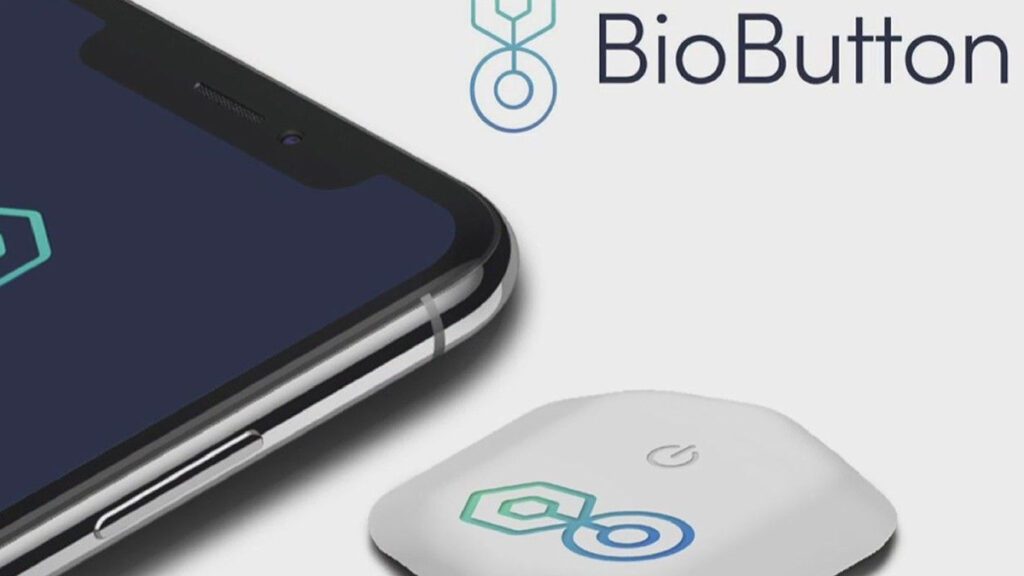
For college campuses around the world that are hoping to return back to normal and see their residence halls and in-person classes full again, COVID-19 measures are being implemented. This includes personal air filtration, tons of plexiglass and even socializing in pods.
Currently, at least one university in the United States has announced that it will be implementing and deploying a wearable technology dubbed the BioButton which collects vital signs from students, faculty and staff. However, it remains uncertain whether the BioButton will perform in a campus environment and if the university can manage all privacy concerns.
David Stone, Chief Research Officer at Oakland University in Michigan said in an interview with Inside Higher Ed: “We’re more interested in finding ways to limit and manage outbreaks, and we believe that the wearable technology BioButton suits our needs adequately.”
The BioButton is roughly the size of half a dollar, and is made to be stuck on the person’s skin, close to the upper chest. This wearable technology piece works by collecting and analyzing heart rate, respiratory rate at rest and skin temperature. By using the proprietary algorithm, the button can alert users to very early signs of COVID-19, much before symptoms arise or even before a diagnostic test might return positive. The technology was initially developed for medical patients.
In the case of Oakland University, the institution will not be able to actively monitor any specific user’s data. Health services at the university will simply receive an alert or a notification from the company if a wearer starts showing early signs of infection. However, they won’t be told what specific data triggered the alert. The health office will then get in touch with the wearer for some questions, triage and will then advise self-quarantine if necessary.
The university plans on using the BioButton in contract tracing, as it can’t geo-locate, however different BioButtons can sense one another; if one wearer ends up infected, the university will be able to determine those that have been in close contact with that person.
The university plans on making the BioButton available for faculty, administrators, and contracted workers. They will not be forcing people to wear the BioButton, however, it will be strongly encouraged.